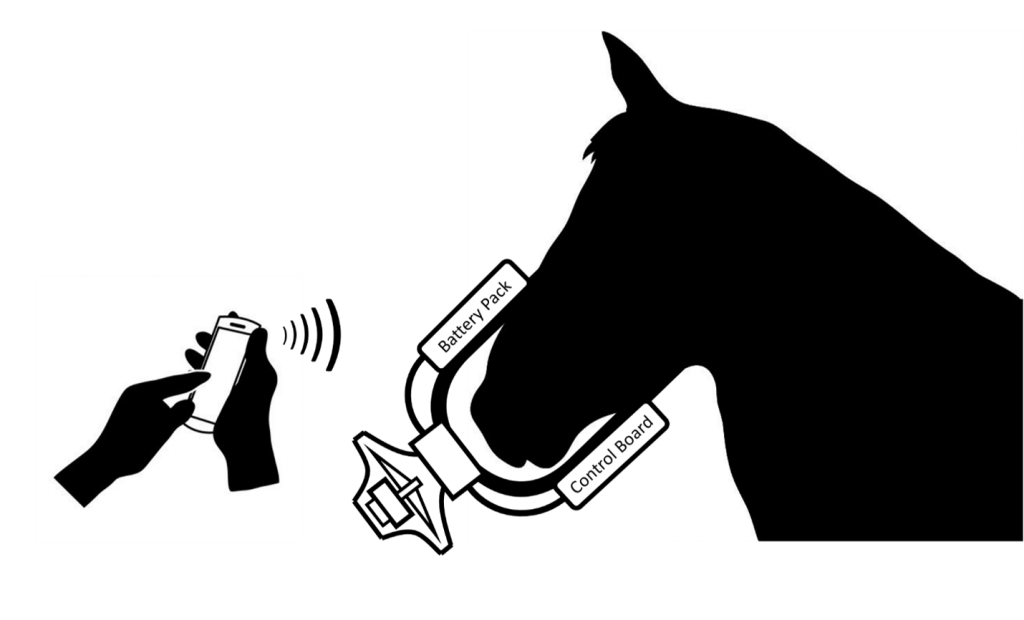
Collaborations: Prof. Jean-Pierre Lavoie (Universitè de Montréal); Prof. Francesco Ferrucci and Dr. Luca Stucchi (Università degli Studi di Milano); Prof. Claudio Lafortuna (Università degli Studi di Milano).
Fundings: This work was supported in part by Boehringer Ingelheim Animal Health Italia S.p.A.
Equine asthma is an inflammatory lung disease with an estimated prevalence of up to 75% worldwide, causing clinical signs associated with a lower airway condition such as exercise intolerance. Currently, the condition is underdiagnosed due to the lack of sensitive portable systems allowing the assessment of lung function in clinical practice. Furthermore, as the severity of equine asthma progress, it may lead to a debilitating and incurable condition associated with periods of labored breathing at rest, causing a premature retirement or even euthanasia of affected horses. Importantly, early diagnosis of equine asthma would allow implementing preventive treatment measures, limiting the progression of the condition.
In this context, a possible new diagnostic method can be provided by the Forced Oscillation Technique (FOT). This non-invasive method can accurately measure the respiratory system’s mechanical properties without requiring patient collaboration, which is essential for animal diagnostics. FOT is based on the estimation of the respiratory system impedance (usually represented by reporting its two components: resistance, Rrs, and reactance, Xrs) by applying small amplitude and high-frequency pressure oscillations at the airway openings and by measuring the resulting flow.
In the last year, we developed a prototype of a new user-friendly, portable device able to apply FOT for performing lung function tests on horses and run preliminary experiments for assessing sensitivity and specificity of this method in detecting airway obstruction in severe asthmatic horses during exacerbation and remission (subclinical airway obstruction) states of the disease. The development and validation of the device has been carried out during a Master Thesis project by Matteo Palmisano Avallone and Stefano Paganini.

